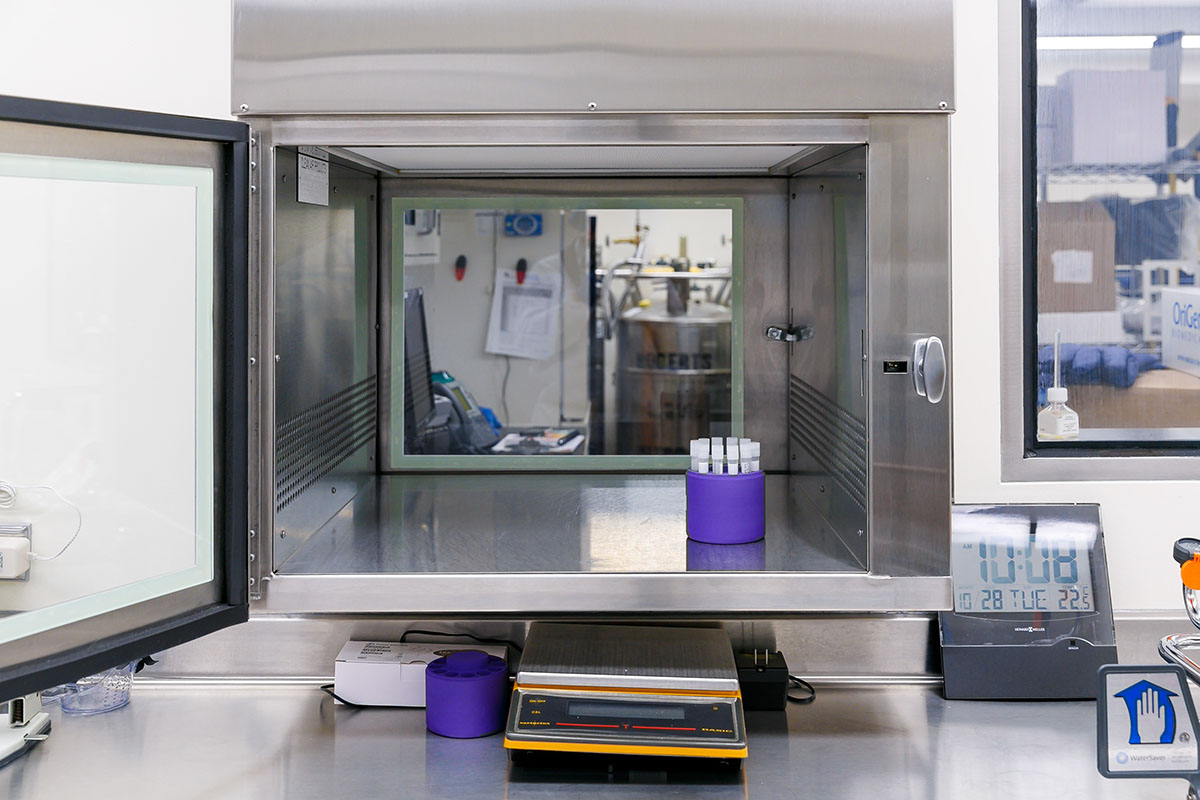Condition
Pediatric Acute Lymphoblastic Leukemia (ALL)
Leukemia is cancer caused by abnormal white blood cells. These cells are produced in bone marrow and normally help the body fight infection.
The most common type of leukemia in children is acute lymphoblastic leukemia (ALL). In this disease, the body produces too many lymphoblasts (a type of white blood cell) and they become cancerous. It is separated into two groups based on the type of lymphocyte the leukemia started in. That would be B cells or T cells. About 8 out of 10 cases of ALL in children are B-cell ALLs. These can be further classified into sub-types. The other 2 out of 10 cases are T-cell ALLs.
Learn more about our Leukemia/Lymphoma Program at Children’s National Hospital.
Frequently Asked Questions
What causes acute lymphoblastic leukemia (ALL) in children?
What are symptoms of acute lymphoblastic leukemia (ALL) in children?
How is acute lymphoblastic leukemia (ALL) in children diagnosed?
What are the treatments for acute lymphoblastic leukemia (ALL) in children?
Providers Who Treat Acute Lymphoblastic Leukemia (ALL)
Departments that Treat Acute Lymphoblastic Leukemia (ALL)

Leukemia and Lymphoma Program
We deliver comprehensive care for all blood cancers including chemotherapy, bone marrow transplant and experimental therapeutics.






